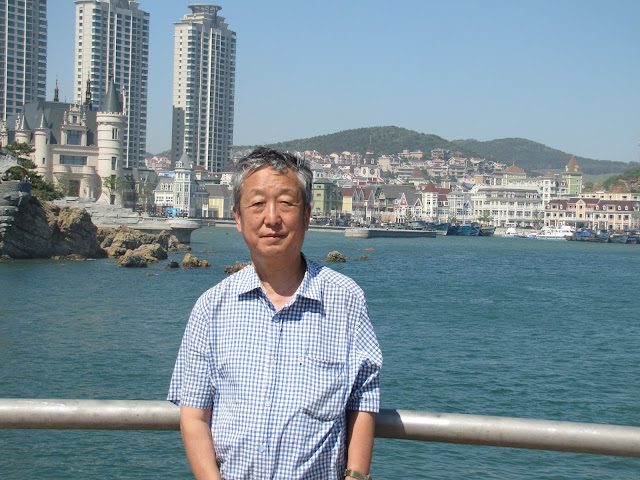The Yellow River, the second largest river in China, is well known as a highly sediment-laden river. The average annual sediment inflow entering the Lower Yellow River (Figure 1) is 1.6 billion tons. Every year, there are around 400 million tons of sediment deposit on the lower reach of the Yellow River, which results in raising of river bed with a speed of 10 cm per year. For decades, reduction of channel sedimentation has drawn the attention of hydraulic engineers and geomorphologists (Xu, 2003). In 1950, Soil-Water Conservation Project was initialized to control erosion in the Loess Plateau of the middle basin, which contributes 90% of the sediment loads. However, this project cannot completely solve the sediment problem, since there will be still 800 million tons of sediment yields annually after the project is finished (Qi and Li, 1996). As early as the 1960s, the hyper-concentrated flow occurring on the Loess Plateau has been field investigated by hydraulic engineers. The research on the hyper-concentrated flow of the Yellow River, which was originated by Dr. Ning Chien (Chien and Wan, 1999) in 1950’s, opens a new path by making full use of the channel for sediment transport. It has been evolved from pure theory into real engineering practices in recent years.
In the first International Workshop on Hyperconcentrated Flow held in Beijing in 1985, scientists from the United States reported on the sediment transportation by lahars and hyper-concentrated flows at Mount St. Helens, Washington (Scott and Dinehart, 1985, Janda and Meyer, 1985, Pierson and Scott, 1985). Brown (1988) advanced the understanding of sediment transport of bed material discharged in sand bed channels through the developed theoretical concepts related to the effects of high concentration of suspended sediment of the water-sediment mixture along with a 27-mile reach of the Cowlitz and Toutle Rivers in Washington. Julien and Lan (1991) used a physically based quadratic rheological model to test hyper-concentrated flows with experimental data. The model considers (1) cohesion between particles; (2) viscous friction between fluid and sediment particles; (3) impact of particles; and (4) turbulence. The resulting quadratic formulation of the shear stress was shown to be in excellent agreement with the experimental data sets. Rickenmann (1991) simulated fine-material slurry of a debris flow in a steep flume. The results showed that viscous effects became important below a limiting particle Reynolds number of about 10. Above this limiting value, density effects cause an increase in the bed-load transport rates as compared to similar conditions with clear water as transporting fluid. In the book authored by Wang and Wan (1994), the rheological properties of hyperconcentrated flows were further revealed, as well as the mechanism of surface instability and drag reduction. Batalla et al. (1999) analyzed the hyper-concentrated flow occurred after collapsing of a bridge in the Pyrenean Arás basin, Spain. The flood was characterized by transportation of large amounts of slope material, including debris flows. Along the main tributary, an intensive hyperconcentrated flow was observed during the rising stage, whereas in the main valley smaller flows occurred after the failure of check dams. Lavigne and Suwa (2004) carried out observation of debris flows, hyperconcentrated flows, and stream flows in the Curah Lengkong River on the southeast slope of Mount Semeru in East Java, Indonesia. This study provided quantitative data for these flows in motion, and it also compared the data for different types of flow that occur in the same river. The influence of rainfall on debris flows, hyperconcentrated flows, and streamflow generation was also analyzed. A detailed case study in a small catchment on the Loess Plateau conducted by Hessel (2005) indicated that a number of corrections are necessary to be able to compare field measurements with results of soil erosion models: sediment volume should be subtracted from runoff volume and a density correction is needed to use data from a pressure transducer.


No comments:
Post a Comment